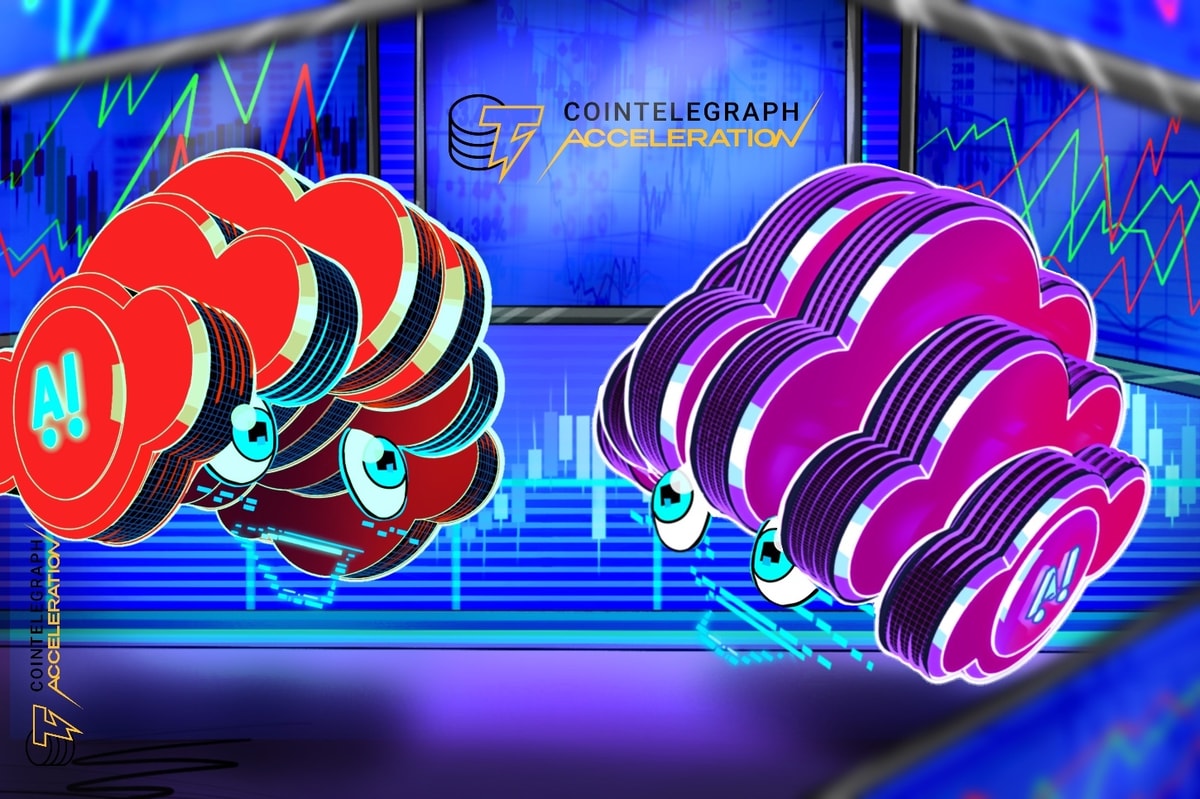Researchers at Google have released their plans for a new time-and-space diffusion model called Lumiere which will turn text or an image into an artificial intelligence (AI)-generated realistic video, with capabilities for on-demand editing.
Lumiere is designed to portray “realistic, diverse and coherent motion” through what it calls its “Space-Time U-Net architecture.” This generates the whole the duration of the video instantly through a single pass of the model.
Google just made an incredible AI video breakthrough with its latest diffusion model, Lumiere.
— Rowan Cheung (@rowancheung) January 25, 2024
2024 is going to be a massive year for AI video, mark my words.
Here's what separates Lumiere from other AI video models: pic.twitter.com/PulSjVZaCp
In the paper, the researchers explained:
“By deploying both spatial and (importantly) temporal down- and up-sampling and leveraging a pre-trained text-to-image diffusion model, our model learns to directly generate a full-frame-rate, low-resolution video by processing it in multiple space-time scale.”
This would mean users can input textual descriptions of what they would like to see as a video or upload a still image with a prompt and generate a dynamic video.
Users have been making parallels to Lumiere being like ChatGPT but for text and image to video generation, stylization, editing, animation and more, according to the paper.
While other AI video generators have already existed such as Pika and Runway, the researchers say their single-pass approach to temporal data dimension involved with video generation is novel.
Related: AI deepfakes fool voters and politicians ahead of 2024 US elections — ‘I thought it was real’
Hila Chefer, a student researcher who worked on the model with Google, posted an example of the model’s capabilities on X:
Lumiere's key observation-
— Hila Chefer (@hila_chefer) January 24, 2024
Instead of generating short videos and temporally upsampling them, we perform joint spatial and *temporal* downsampling-- increasing both length and quality of the generated videos pic.twitter.com/vTh6dtwcPD
Users on X have been calling this development from Google things like “an incredible breakthrough,” “state-of-the-art” and even speculating that video generation is “gonna get crazy” in the next year.
Googles new video model Lumiere can stylize motion by looking at a single image, and it looks pretty good.
— Nick St. Pierre (@nickfloats) January 24, 2024
Generative video is gonna get crazy this year you guys
pic.twitter.com/x1hNxpdHXR
Lumiere was trained on a dataset of 30 million videos and text captions and has the capability to generate 80 frames at 16 fps. However, there has been no mention of the source of the data Google used to train the model - a heated topic in the world of AI and copyright law.
Since the explosion of generative AI models being available for public use, there have been dozens of copyright infringement-related lawsuits filed against developers for the misuse of content during training.
One of the most prominent cases was filed by the New York Times against OpenAI, the creator of ChatGPT and Microsoft, for allegedly “illegally” sourcing its work for training purposes.
Magazine: Crypto+AI token picks, AGI will take ‘a long time’, Galaxy AI to 100M phones: AI Eye











